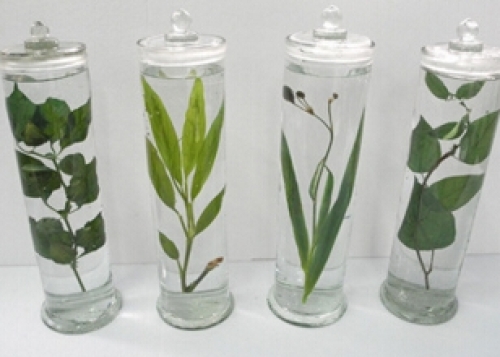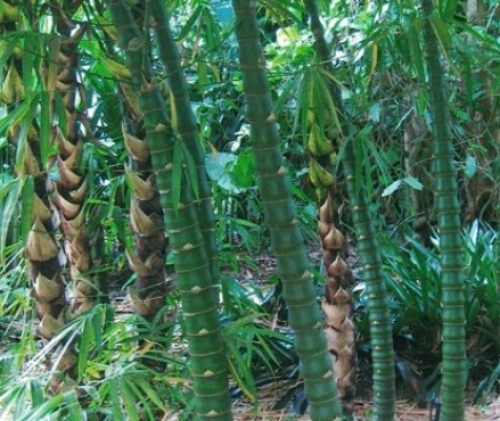A botanical specimen is a scientific tool that permanently preserves plant samples for study and identification. When making specimens, a complete or partial sample of the plant is usually dried by a special method, fixed on cardboard, and relevant information is recorded, such as the scientific name of the plant, the location of collection, and the time of collection. Specimens can not only help botanists identify and classify plants, but also serve as an important basis for studying plant growth, ecology and environmental change.
In the preparation process, it is necessary to collect fresh plant samples first, and then gently pat with clips or paper towels to remove excess water. Next, the plant sample is placed flat on a special specimen paper and secured with a special specimen tape or adhesive. Once this is done, the specimen is dried in a dryer and finally packed into a specimen box and labeled.
The preservation of specimens not only depends on the scientific production process, but also needs a proper storage environment. Specimens should be kept in a dry, cool and well-ventilated place to protect them from moisture and pests. Through these measures, plant specimens can provide valuable information for future scientific research and education.














